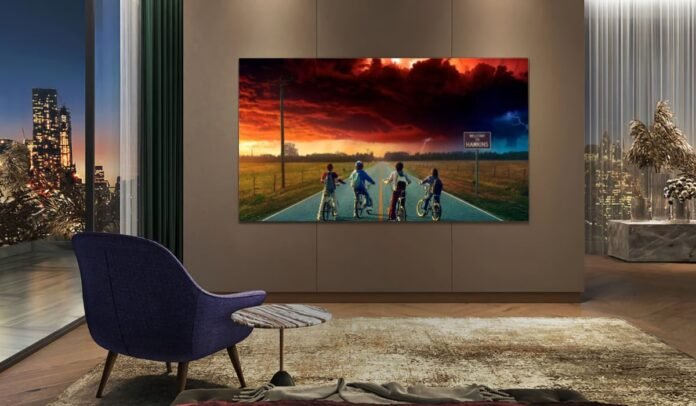Netflix has officially announced HDR10+ support, bringing an alternative to Dolby Vision HDR for streaming on Samsung, Panasonic, Hisense, and TCL TVs. This move expands Netflix’s HDR offerings, making high dynamic range (HDR) content more accessible to users whose devices do not support Dolby Vision.
However, accessing HDR10+ on Netflix requires a Netflix Premium subscription. Initially, the feature will be available on 50% of “eligible viewing hours”, which includes both new releases and existing HDR movies and TV shows. Netflix aims to roll out HDR10+ across all HDR content by the end of the year.
Why HDR10+ Matters for Netflix and TV Owners
HDR10+ vs. Dolby Vision is a long-running debate in the HDR streaming world. Both formats improve upon standard HDR10 by offering dynamic tone mapping, ensuring better contrast, deeper blacks, and more accurate highlights. Unlike static HDR10, HDR10+ adjusts brightness and color scene-by-scene, improving picture quality on supported devices.
For Samsung TV and phone users, this is a major win. Samsung’s premium TVs do not support Dolby Vision, meaning users previously missed out on enhanced HDR visuals on Netflix. With this update, Samsung users will now experience improved HDR streaming quality without needing Dolby Vision support.
What This Means for the Future of HDR Streaming
Netflix joins Amazon Prime Video and Apple TV+ in supporting HDR10+, marking significant progress for the format. However, LG and Sony TVs remain holdouts, continuing their exclusive support for Dolby Vision HDR.
Despite Netflix’s move, industry trends suggest that Dolby Vision remains dominant. Netflix itself confirmed that it still prioritizes Dolby Vision as the primary HDR format, requesting studios to supply Dolby Vision masters before adding HDR10+ compatibility. This means any Netflix content with HDR10+ support will also be available in Dolby Vision, but not necessarily vice versa.
Final Thoughts: A Big Win for Samsung Users, But No HDR10+ Revolution
While Netflix’s HDR10+ support is great news for Samsung TV owners, it’s unlikely to shift the industry’s preference toward Dolby Vision. LG and Sony have no plans to adopt HDR10+ in their TVs, and most streaming services still favor Dolby Vision.
Still, for Samsung OLED and QLED TV owners, this update means better HDR quality on Netflix, particularly for budget models with lower brightness levels, where dynamic tone mapping is crucial. With Netflix HDR10+ streaming, Samsung users can finally enjoy an HDR experience closer to Dolby Vision quality, making their Netflix Premium subscription even more valuable.




